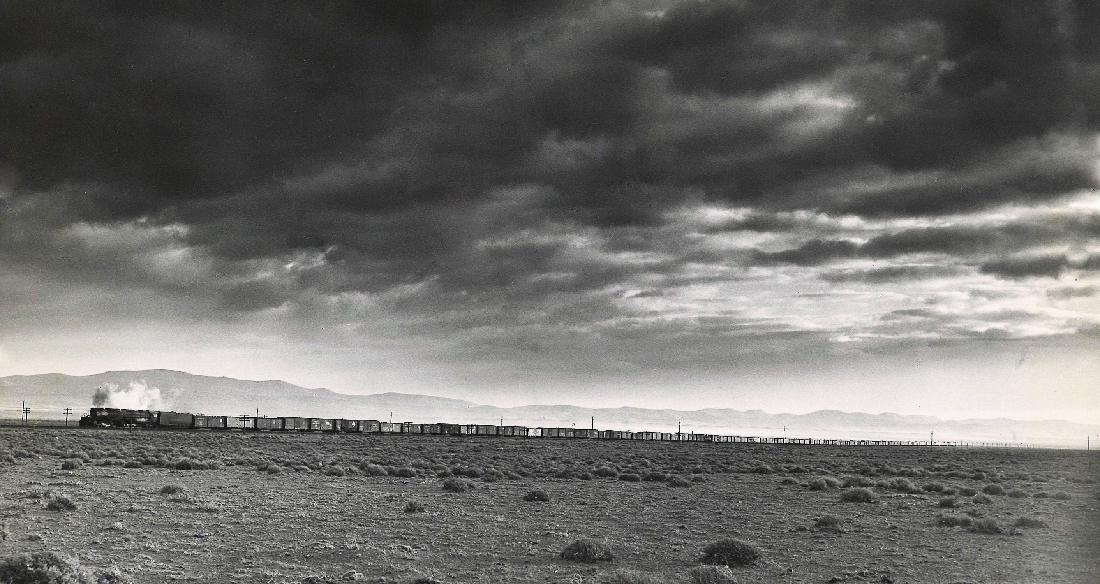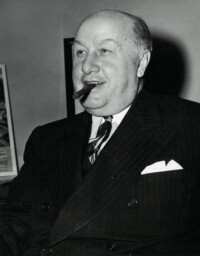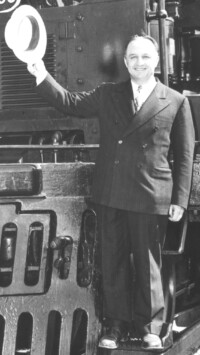The Big Boy Men

William M. Jeffers, Union Pacific Railroad president, and Otto Jabelmann, vice president — research and mechanical standards, began their careers in the lowest ranking positions. Both men were known for their tempers and a belief that the only way to get a job done was to do it with their own two hands.

Jeffers the czar
William Martin Jeffers (1876-1953) created much turmoil as UP president. When summoned to his office, one never knew if it was to be fired or promoted. Those receiving his worst wrath were the “swivel chair managers.” Such managers, in Jeffers eye, hid behind a desk in the office rather than working in the field.
Jeffers, born in North Platte, Neb., dropped out of school at 14 to work for the UP as a janitor. He left school after a fist fight with his teacher. Jeffers possessed a driving work ethic that carried him up the UP ranks, the only railroad he worked for. He advanced to crew caller, telegrapher, dispatcher, chief dispatcher, Wyoming Division superintendent, vice president of operations, president and finally, vice chariman of the board of directors. A point of personal pride for Jeffers was that he maintained his certification as a telegrapher until he retired from the railroad.
As president, Jeffers anticipated how European political unrest during the 1930s would affect the company. This is one reason he advocated building the Big Boys. As the executive of a major U.S. corporation, Jeffers was one of the first to endorse the Allied war effort after Germany’s 1939 invasion of Poland. During the war, Jeffers, as many business executives were, was tapped for government service. In 1942, he was the War Production Board’s Rubber Director. In this position, Jeffers organized the manufacture of rayon, boosting the synthetic rubber industry; he also ordered gasoline rationing before resigning in 1943.
Jeffers also liked a party – especially if he was at the center. His social affairs took on grandiose proportions. In 1939, the 70th anniversary of the Transcontinental Railroad’s completion, Hollywood film giant, director Cecil B. DeMille introduced the movie Union Pacific in Omaha. Jeffers felt a great celebration was needed to mark the occasion and to raise the city’s spirit. To ensure a successful event, and further his own fame, Jeffers personally contributed $40,000 to fund the party.
After his presidency, Jeffers served on the board of directors. He died on March 6, 1953, 4 months after he was asked to resign his position with the UP.

Jabelmann the mechanical genius
Otto Jabelmann (1891-1943) was possibly the one man in the UP ranks who matched Jeffers’ temper. A mechanical genius, he was charged with design, construction and maintenance of locomotives and rolling stock.
Jabelmann, a Cheyenne, Wyo., native, began his career with the UP there, working as a laborer in the engine facilities, which would eventually be home to the Big Boys. He studied engineering at both Stanford University the University of Michigan before his advancement with the railroad.
Like Jeffers, Jabelmann started at the bottom and climbed through the ranks — crew caller, machinist apprentice, machinist, roundhouse foreman, division foreman, superintendent of shops, assistant general superintendent–motive power and machinery, assistant to president, and vice president–research and mechanical standards.
In 1924, Jabelmann was named division foreman and was then placed in charge of the Omaha shops in 1929. He reached the level of vice president–research and mechanical standards in 1939.
The mechanical standards were Jabelmann’s sword. If a shopman could not answer one of his questions on demand, a sharp rebuke was sure to follow. Shop workers often debated if Jabelmann feared Jeffers or if the reverse were true.
Jabelmann made many contributions to the UP. He worked extensively on a steam turbine locomotive design and led the team that designed both the later Challenger (4-6-6-4 wheel arrangement) and Big Boy locomotives.
In June 1941, Jabelmann suffered a heart attack. Despite doctor’s advice, he continued with his ambitious schedule. With the outbreak of World War II, W. Averell Harriman, UP chairman of the board, took on a government role. U.S. President Franklin D. Roosevelt sent Harriman to England and the Soviet Union in 1941 to expedite the Lend-Lease Aid program. Upon seeing how the war was impacting British railways, Harriman desperately wanted Jabelmann sent to London to help the situation. Jabelmann’s Omaha doctor, or for that matter any other doctor in Omaha, would not approve his travel plans. Feeling the need to serve his country, Jabelmann quietly traveled to New York and there received a doctor’s approval for his consultant’s role in England. He made the trip to London in fall 1942. On Jan. 6, 1943, a second heart attack killed him while standing in a London railway station.
Although their rough-and-tumble, hands-on management styles sometimes left a wake of disenchanted employees, Jeffers and Jabelmann mastered a vision that saw the Union Pacific Railroad grow and survive World War II. Just like the locomotives they developed, they were Big Boys in railroading.
Like this article? Check out Trains LIVE video with UP’s Ed Dickens and Associate Editor Bob Lettenberger.













